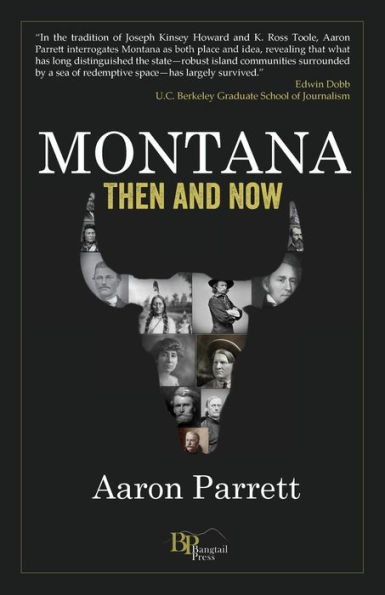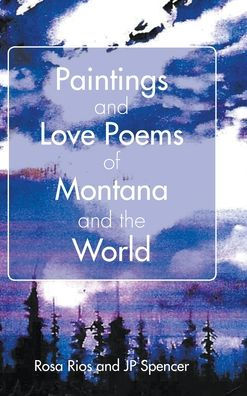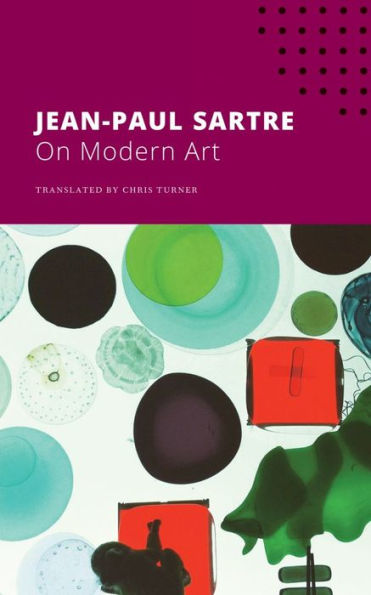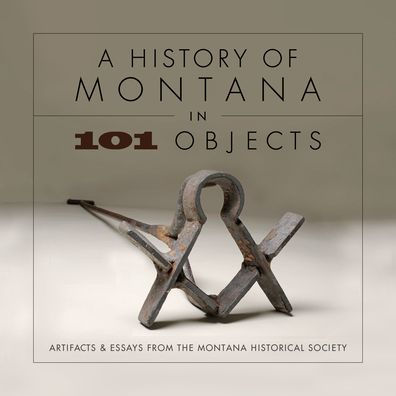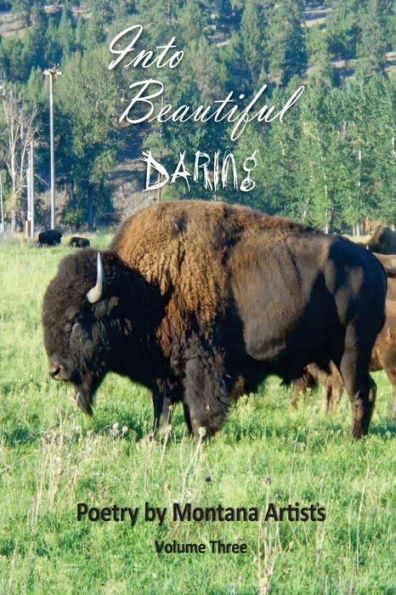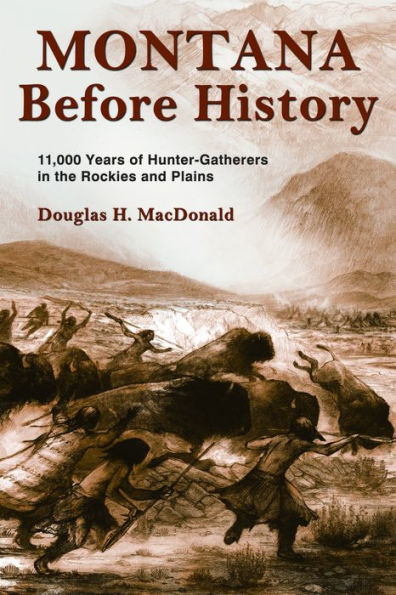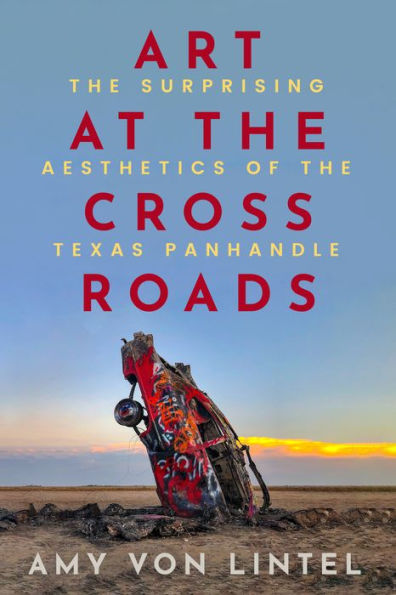Home
Montana Modernists: Shifting Perceptions of Western Art
Barnes and Noble
Loading Inventory...
Montana Modernists: Shifting Perceptions of Western Art in Franklin, TN
Current price: $32.95

Barnes and Noble
Montana Modernists: Shifting Perceptions of Western Art in Franklin, TN
Current price: $32.95
Loading Inventory...
Size: OS
For many, Charles M. Russell's paintings epitomize life in the West. But in twentieth-century postwar Montana, an avant-garde art movementMontana Modernismbrewed. Its pioneersJessie Wilber, Frances Senska, Bill Stockton, Isabelle Johnson, Robert DeWeese, and Gennie DeWeesecreated a community and pedagogy where, in stark contrast to stereotypical romanticized western art and frontier history themes, modernist ideas and art flourished, expanding traditional definitions of Western art.
The first book devoted to the topic,
Montana Modernists
presents stunning artwork and illuminates a little-known art movement. Divided into three sections, Corriel's exploration concentrates on place, teaching/artistic lineage, and community. The isolation, beauty, and complexity of their surrounding landscape served as a backdrop and influenced the lives and art of these ranchers, teachers, and professors. Next, Corriel traces artistic lineages to describe how each arrived at their particular artistic style. Community, the third section, offers a thorough study of their teaching styles, art techniques, and social gatherings to demonstrate how a thriving community of like-minded artists, writers, dancers, musicians, and philosophers opposed the grand narrative of the West, a movement that still resonates in contemporary Montana art.
The first book devoted to the topic,
Montana Modernists
presents stunning artwork and illuminates a little-known art movement. Divided into three sections, Corriel's exploration concentrates on place, teaching/artistic lineage, and community. The isolation, beauty, and complexity of their surrounding landscape served as a backdrop and influenced the lives and art of these ranchers, teachers, and professors. Next, Corriel traces artistic lineages to describe how each arrived at their particular artistic style. Community, the third section, offers a thorough study of their teaching styles, art techniques, and social gatherings to demonstrate how a thriving community of like-minded artists, writers, dancers, musicians, and philosophers opposed the grand narrative of the West, a movement that still resonates in contemporary Montana art.
For many, Charles M. Russell's paintings epitomize life in the West. But in twentieth-century postwar Montana, an avant-garde art movementMontana Modernismbrewed. Its pioneersJessie Wilber, Frances Senska, Bill Stockton, Isabelle Johnson, Robert DeWeese, and Gennie DeWeesecreated a community and pedagogy where, in stark contrast to stereotypical romanticized western art and frontier history themes, modernist ideas and art flourished, expanding traditional definitions of Western art.
The first book devoted to the topic,
Montana Modernists
presents stunning artwork and illuminates a little-known art movement. Divided into three sections, Corriel's exploration concentrates on place, teaching/artistic lineage, and community. The isolation, beauty, and complexity of their surrounding landscape served as a backdrop and influenced the lives and art of these ranchers, teachers, and professors. Next, Corriel traces artistic lineages to describe how each arrived at their particular artistic style. Community, the third section, offers a thorough study of their teaching styles, art techniques, and social gatherings to demonstrate how a thriving community of like-minded artists, writers, dancers, musicians, and philosophers opposed the grand narrative of the West, a movement that still resonates in contemporary Montana art.
The first book devoted to the topic,
Montana Modernists
presents stunning artwork and illuminates a little-known art movement. Divided into three sections, Corriel's exploration concentrates on place, teaching/artistic lineage, and community. The isolation, beauty, and complexity of their surrounding landscape served as a backdrop and influenced the lives and art of these ranchers, teachers, and professors. Next, Corriel traces artistic lineages to describe how each arrived at their particular artistic style. Community, the third section, offers a thorough study of their teaching styles, art techniques, and social gatherings to demonstrate how a thriving community of like-minded artists, writers, dancers, musicians, and philosophers opposed the grand narrative of the West, a movement that still resonates in contemporary Montana art.
